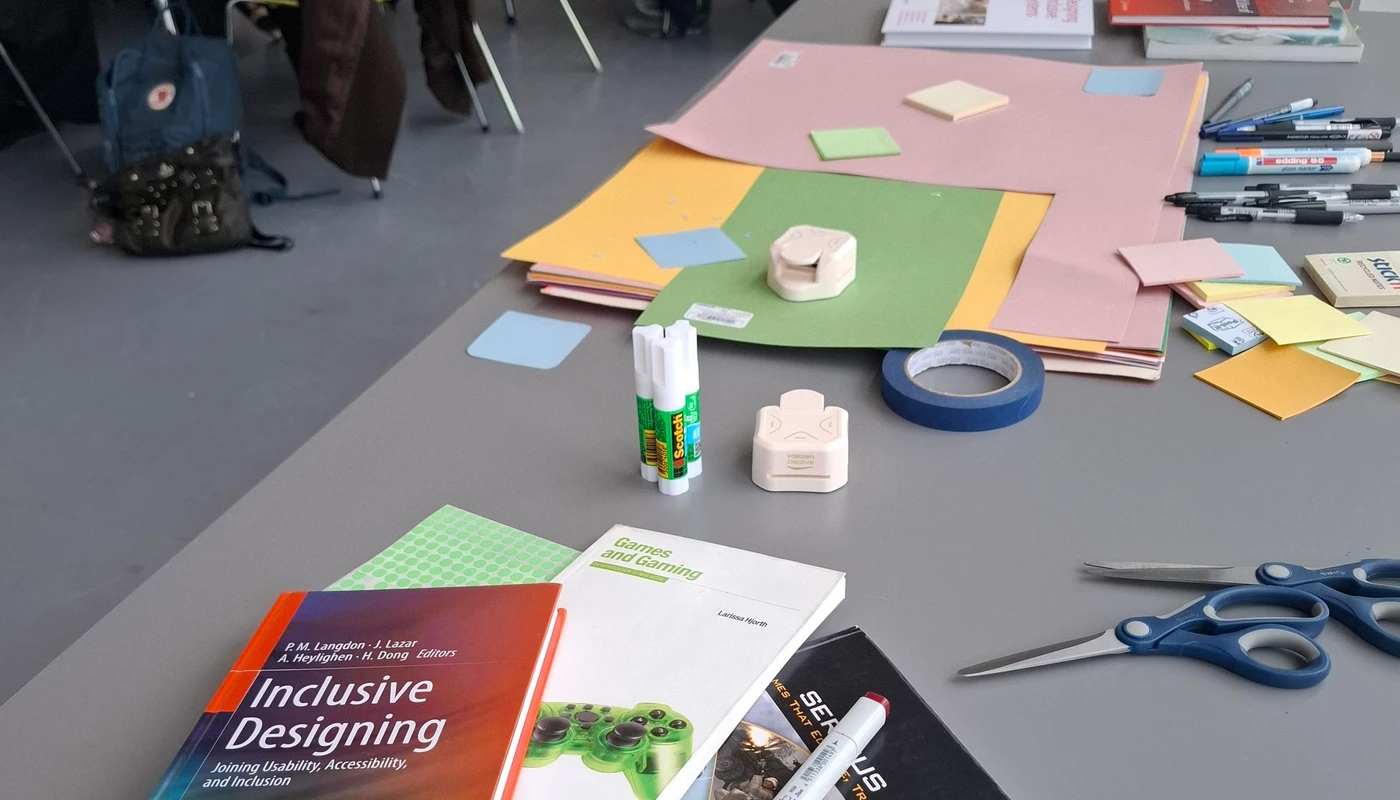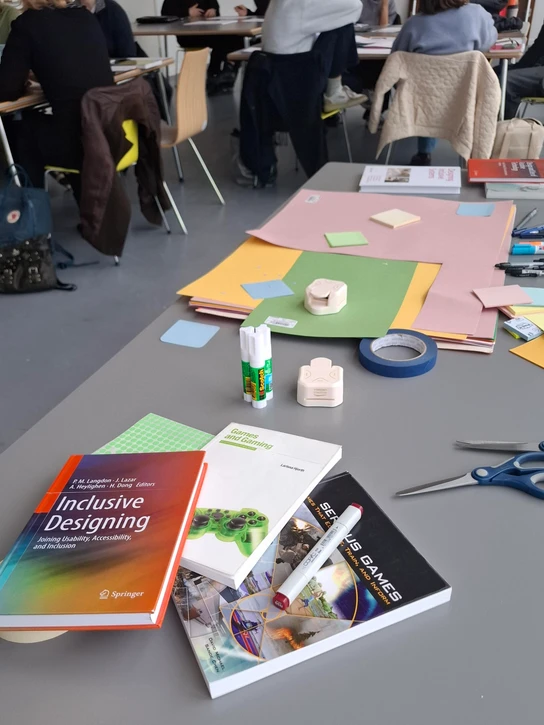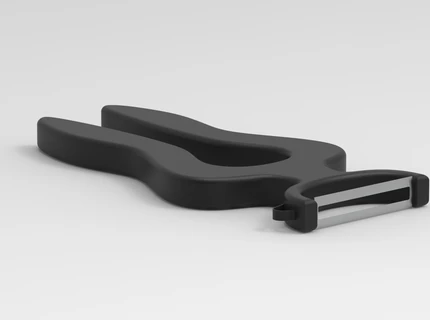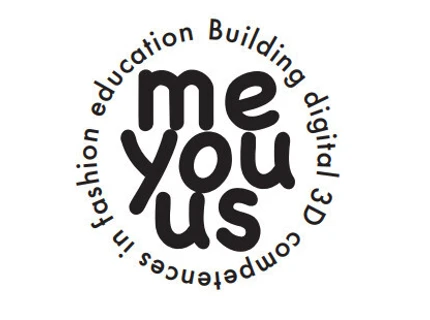
The Use of Card Game Design for teaching UD
- Deltagere fra Designskolen Kolding
-
Richard Herriott
Asa River Jackson
- Forsknings- og udviklings projekttype
- Forskning og udvikling
- Projektperiode
- jan. - dec. 2025
- Projektledelse
Richard Herriott
- LAB
- LAB for Socialt Design
- LAB tema
- Universal design
Objective
The underlying assumption is that in order to implement UD methods, designers need to select the right tools to gather information and they need to understand the theoretical basis of the tools chosen. The aim is to bridge the theory/practice gap by getting students to actively consider how each aspect of their design research contribute to the implementation of the theory. Work by Herriott (2023) shows that design researchers are not consistent in explaining or making transparent the underlying reasons for why a UD tool was chosen. UD theory is also somewhat weak on the topic of implementation, a necessary element of design theory according to Jones & Gregor (2007). The didactic purpose of the card-game design was to encourage students to become conscious of the reason they chose the design tools eventually used in their course project. It was also to examine how, from a UD theory standpoint, implementation of UD could be enhanced since this aspect of UD theory appears to be in need of reinforcement.

Methods and outcome
The in-class discussion of what was required for a game also focused students´ attention to the elements of UD and their possible implementation. The work shows that more time is needed to explain game design; mapping of UD concept to game affordances is necessary; the course learning outcomes require addition of demonstration of theory-to-implementation
The work is published as Herriott, R. (2024). The Use of Card-Game Design to Teach Universal Design Theory. HTI, 166.

Richard Herriott presenting at the UD 2024 conference, Oslo.



